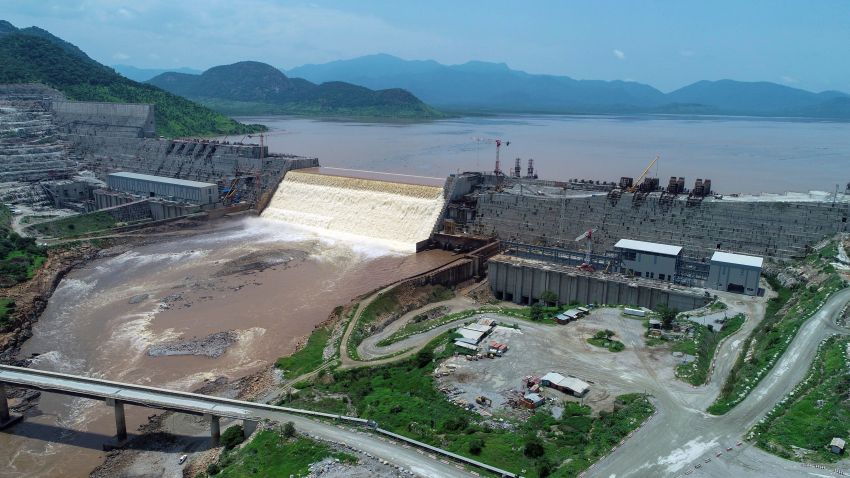To great fanfare and some raised eyebrows, the BRICS grouping agreed to expand its membership at its summit in South Africa last month. The decision to invite Saudi Arabia and the United Arab Emirates as well as their traditional rival Iran to join drew particular attention. Less noticed were the longstanding tensions between two other pending members, Egypt and Ethiopia, over the latter’s Grand Ethiopian Renaissance Dam project, which is in the final stages of completion. In offering both countries membership, BRICS has absorbed a complex regional conflict into its midst, raising questions about the group’s potential to shape global affairs.
It didn’t take long for tensions between Addis Ababa and Cairo to resurface. On Sept. 10, just over two weeks after the summit, Ethiopian Prime Minister Abiy Ahmed announced the completion of the fourth stage of filling the GERD, sparking further outrage from Cairo. Ethiopia’s unilateral move exacerbates long-standing Egyptian fears of losing access to vital Nile waters and highlights the current failures of diplomacy aimed at resolving the dispute.
Soon after both countries were invited to join BRICS at the August summit, tripartite talks about the GERD between Ethiopia, Egypt and Sudan—also a downstream state—continued, suggesting renewed impetus in resolving the dispute. Yet those negotiations broke down once again, and Ethiopia’s decision to proceed with filling the $4.2 billion mega-dam has stifled hopes for improved diplomatic momentum.

